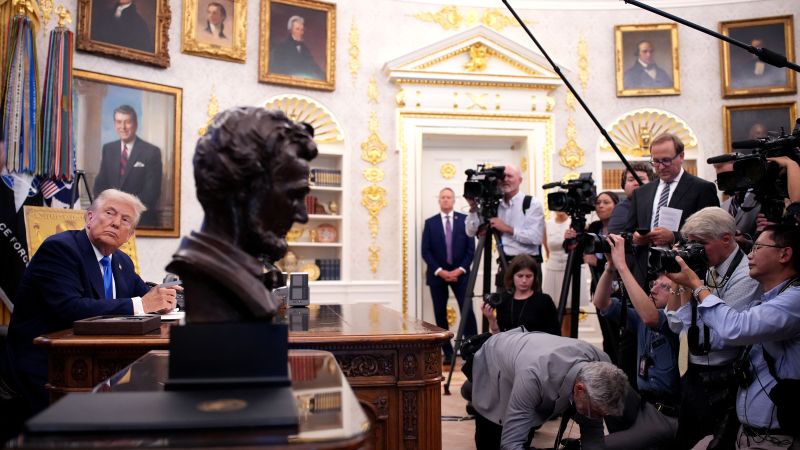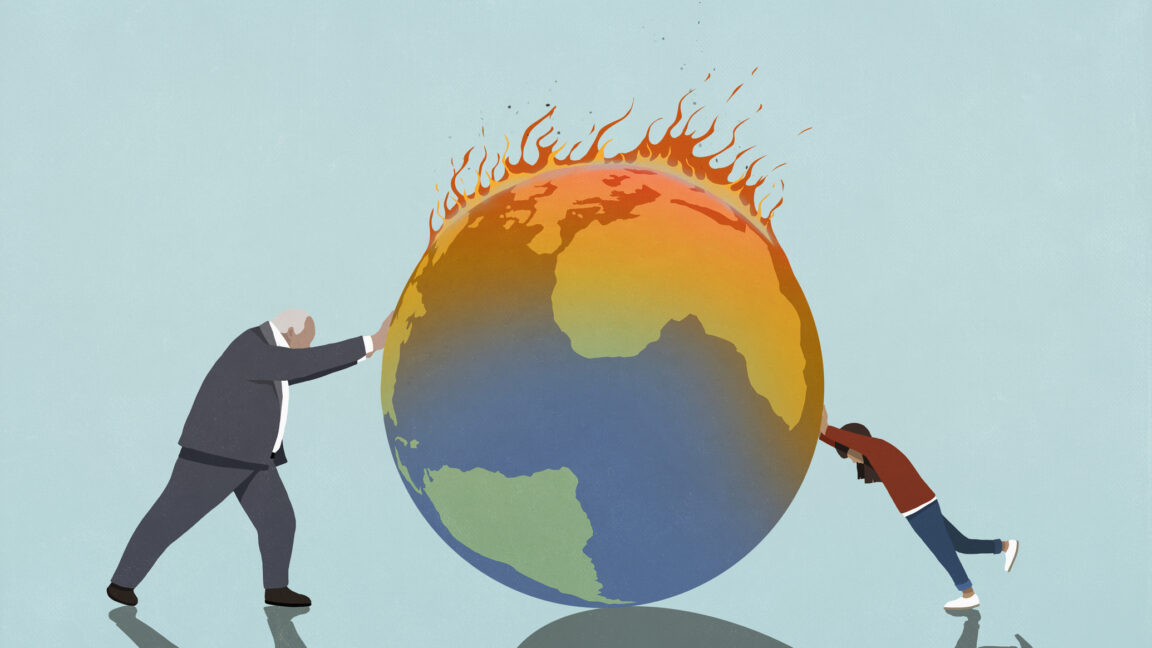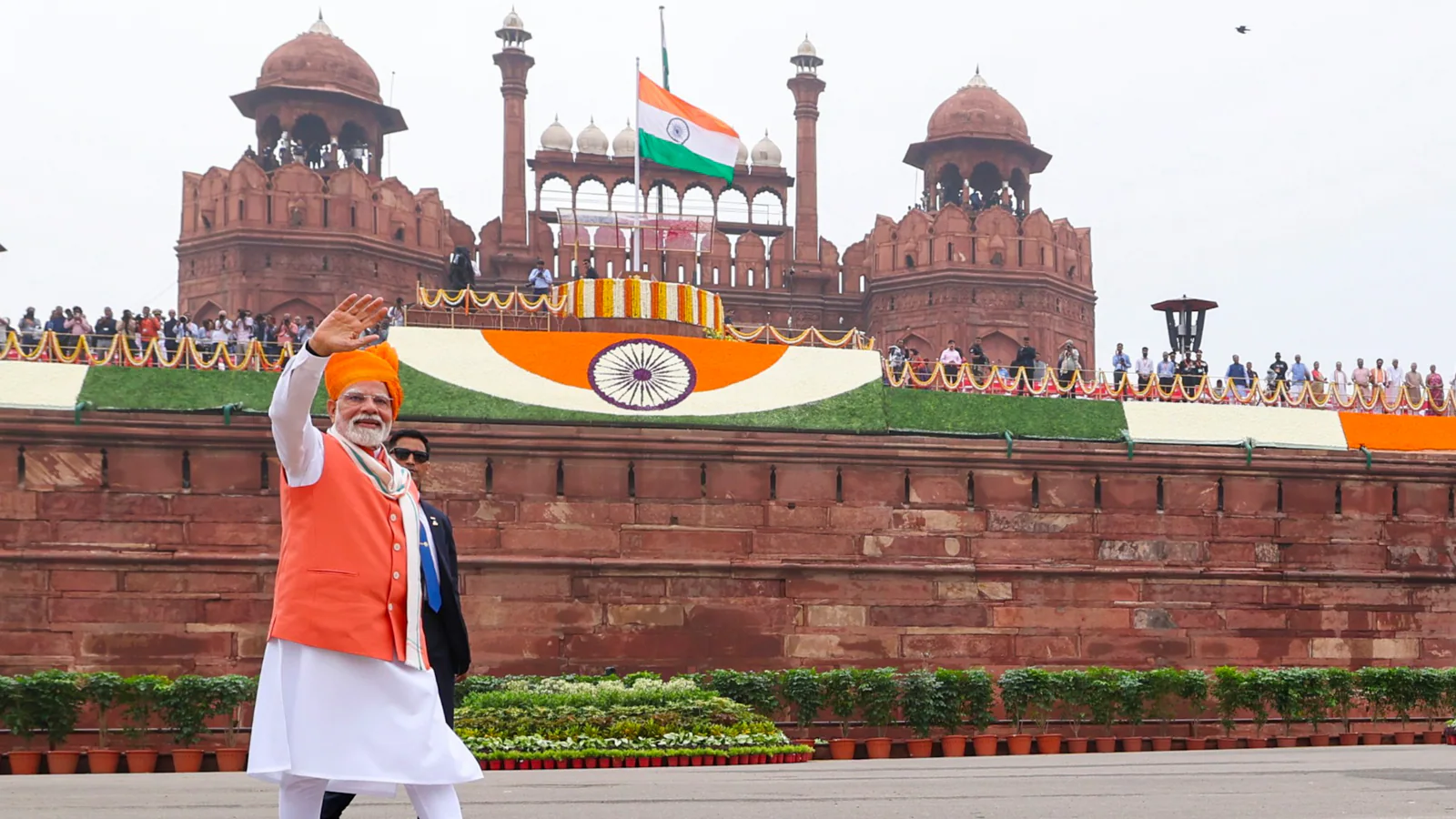
President Donald Trump has justified his ramped up threats against the American political left by citing its supposed unusually violent nature.
He has launched an increasingly broad crusade against speech he doesn’t like, culminating in a successful pressure campaign to get Jimmy Kimmel off the air. And Trump on Thursday signaled he would label Antifa, a loose collection of far-left activists, a “major terrorist organization” – which would be an unprecedented step against a domestic entity.
In other words, the crackdown that Trump previewed mere hours after Charlie Kirk was killed last week is looking increasingly real.
Which means it’s a good time to take a closer look at what he claims is the entire basis for this effort.
How do the right and left compare when it comes to 1) perpetrating violence and 2) their support for it?
The data, save for a few polls cherry-picked by the right, doesn’t generally back up Trump’s claims that this is a bigger problem on the left. In fact, it usually shows the opposite.
Acts of violence
Let’s take the first part first.
“Most of the violence is on the left,” Trump said Tuesday.
“While our side of the aisle certainly has its crazies,” Vice President JD Vance said Monday while guest hosting Kirk’s show, “it is a statistical fact that most of the lunatics in American politics today are proud members of the far left.”
But this has not been the case with acts of violence, according to high-profile studies.
A study from the libertarian Cato Institute this year tracked about 3,600 murders from politically motivated attacks over the past 50 years. The vast majority of them (about 3,000) came on one day: September 11, 2001.
Cato found right-wing ideology accounted for 391 of the deaths, compared to 65 for left-wing ideology. Attackers with right-wing ideology were responsible for a clear majority of the 618 non-9/11 political murders.
In the last five years alone, the proportions are similar: 44 people died at the hands of those with right-wing ideology – a majority for all politically motivated attacks in this span – compared to 18 at the hands of those with left-wing ideology, according to the study.
The data echo a study from the National Institute of Justice — the DOJ’s research agency – last year. It found that since 1990, far-right extremists killed more than six times as many people in ideologically motivated attacks (520 people) as far-left extremists (78).
The Department of Justice appeared to remove the NIJ study from its website this week. (The DOJ said the page was removed as it was “reviewing its websites and materials in accordance with recent executive orders.”)
There is always some subjectivity in such studies. It can be difficult to place a killer’s ideology on the left-right political continuum. But the data suggests it’s not terribly close between right and left.
Trump and allies have often cherry-picked, misled and gone well beyond the evidence in trying to attach high-profile violence to the left. The fuller, more quantitative picture tells a different story.
Support for ‘justified’ violence
The data on whether political violence can ever be justified is more mixed, but most of it has shown the GOP leaning toward more accepting of it.
Trump and his allies have often pointed to random people (and occasionally more high-profile people) celebrating Kirk’s assassination or otherwise making light of it.
“People on the left are much likelier to defend and celebrate political violence,” Vance claimed on Kirk’s show. “This is not a both-sides problem.”
Liberals celebrating Kirk’s death has been a very real phenomenon – just like it was after the murder of UnitedHealthcare chief executive Brian Thompson late last year. A CBS News-YouGov poll back then showed 31% of Democrats said it was acceptable to react positively to the news, compared to 19% of Republicans.
The other data point the right often cites is a study last year from a group called the Network Contagion Research Institute, an independent group that tracks misinformation and hate, in association with Rutgers University. It asked people to rate the justification for the murder of Trump and Elon Musk on a sliding scale from 1 (“not at all justified”) up to 7.
Among those on the left, about half picked an option other than 1 for both Trump (55%) and Musk (48%). That means they felt there could be some justification for these actions.
The poll didn’t test prominent Democrats. But it did ask the same question more broadly about an unnamed “political leader.” In that case, 41% of Democrats picked an option other than 1, compared to 29% of Republicans.
Those are striking findings.
But they also came in the aftermath of last July’s high-profile assassination attempt against Trump and the 2024 election. The study itself said its findings should be treated with caution, given elections can lead to “heightened polarization for months” and “sentiments may be prone to change.”
And indeed, most other data in recent years has shown Republicans are more open to political violence they see as justified:
The same poll found similar numbers of Republicans and Democrats expected violence from the losing side in future elections. When those who expected such violence were asked whether they would be in favor of it, very few from either party said “yes.”
But Republicans who expected violence were less likely to say they would oppose it (67%) than Democrats (82%) if it was their side that lost.
To the extent these findings reflect reality, they’re always subject to change. It’s possible, for example, the left could become more open to political violence they see as justified now that they’re out of power.
But for years, the data has suggested it’s the right that’s been more open to political violence – and more likely to perpetrate it.



